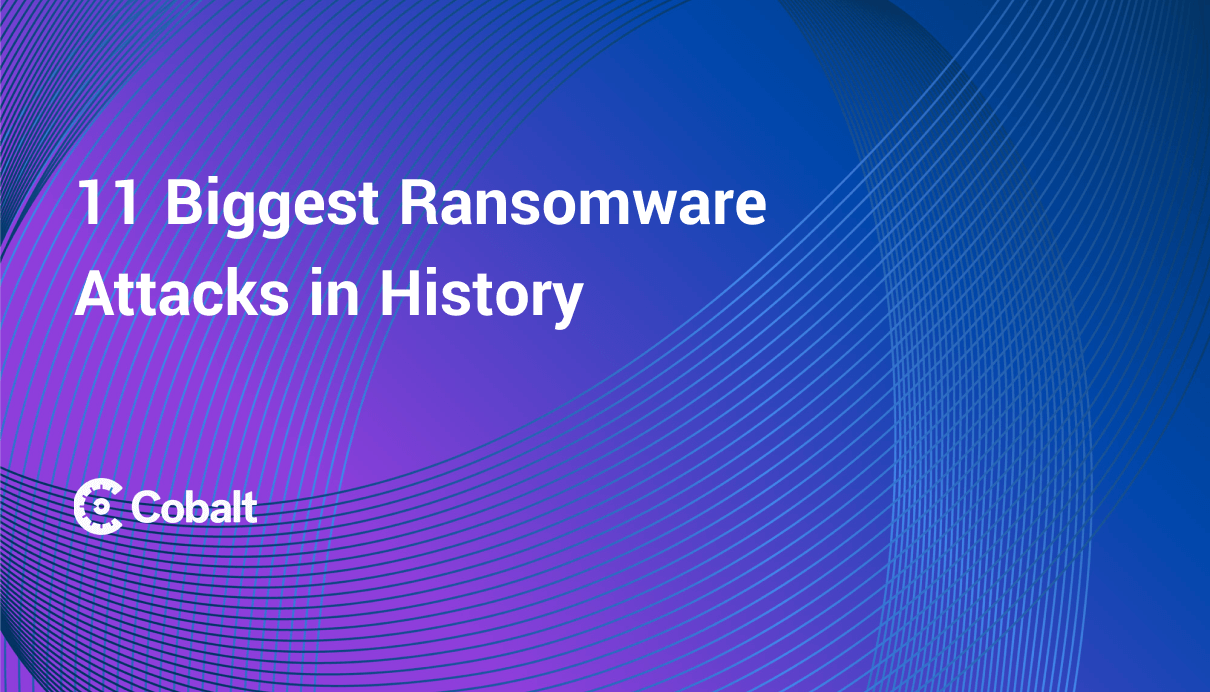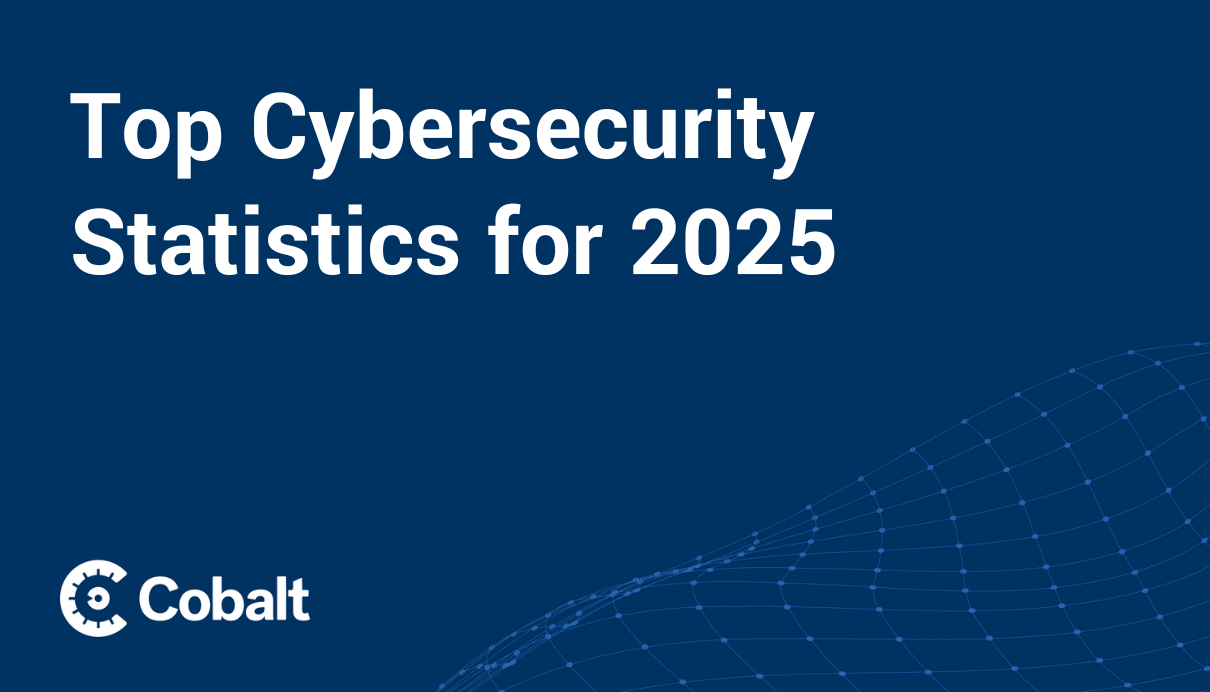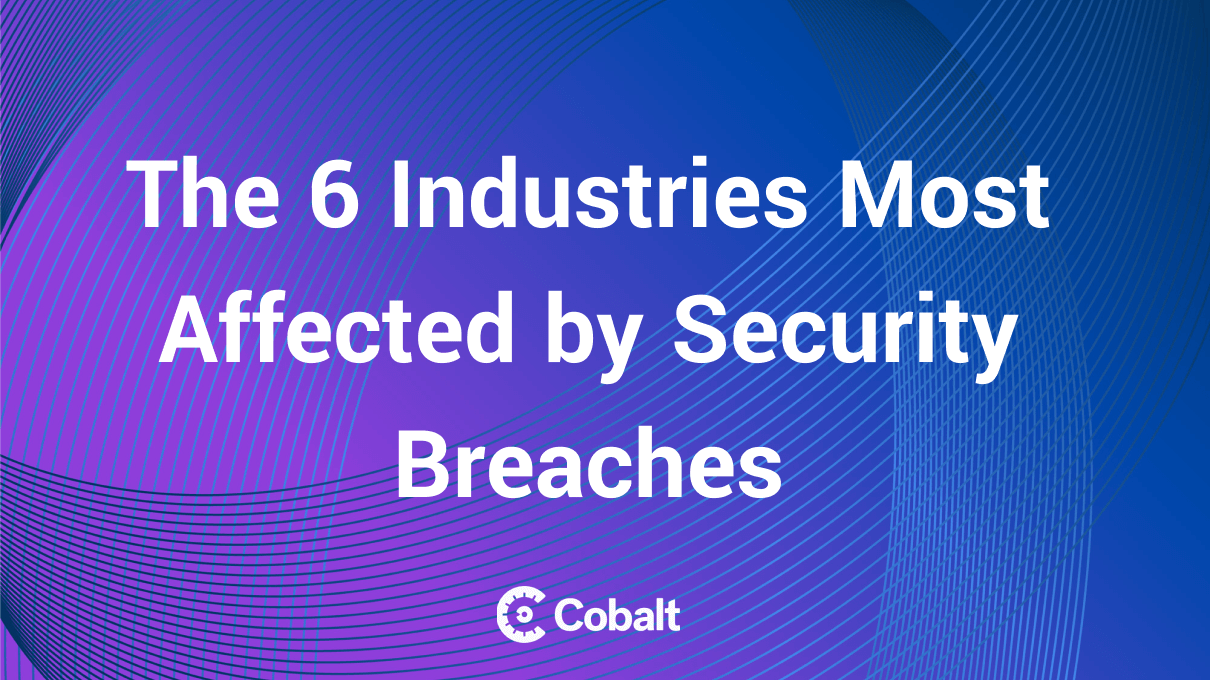Cyberattacks happen every day — in fact every 39 seconds there is a cyberattack.
Regardless of the hacker’s motivation, financial or political, this frequency of cybercrime has extensive implications. In the modern digital age, attacks can shut down a nuclear power plant, halt a company’s earnings, or steal millions of users’ data all via a phishing email.
With that in mind, let’s take a closer look at the 11 biggest hacker attacks in history.
11. Real Estate Wealth Network Leak
Date: 2023
Impact: 1.5 Billion Records
In 2023, the Real Estate Wealth Network experienced a catastrophic data breach that exposed a staggering 1.5 billion records. The compromised data included a wide array of personal and financial information such as email addresses, phone numbers, and investment details. This massive leak has the potential to facilitate phishing attacks, identity theft, and other malicious activities on an unprecedented scale.
The breach was uncovered when a security researcher identified an unsecured database containing the sensitive information. Real Estate Wealth Network acted swiftly to secure the database and initiated a comprehensive investigation to assess the full extent of the breach. The company also took immediate steps to notify affected users and provided detailed guidance on how to protect themselves from potential scams and identity theft.
This incident underscores the critical importance of robust data security measures and the need for regular security audits to prevent unauthorized access. The sheer volume of records exposed in this breach serves as a stark reminder of the vulnerabilities that can exist within large data repositories.
10. MOVEit Transfer Data Breach
Date: 2023
Impact: 94 million users, >2.5k businesses and >10 billion in damages and growing.
In 2023, the MOVEit Transfer software, widely used for secure file transfers, became the target of a significant cyberattack orchestrated by the Clop ransomware group. This breach affected numerous government agencies and private businesses, leading to the exposure of sensitive data.
The Clop ransomware group exploited a vulnerability in the MOVEit Transfer software, allowing them to infiltrate systems and exfiltrate data. The attackers then demanded ransom payments in exchange for not releasing the stolen information. The breach has had far-reaching implications, disrupting operations and compromising the security of critical data across various sectors.
MOVEit Transfer's parent company quickly responded by issuing patches to fix the vulnerability and advising all users to update their systems immediately. Additionally, affected organizations have been working tirelessly to assess the damage, secure their networks, and mitigate the impact of the breach.
This incident highlights the ever-evolving nature of cyber threats and the importance of maintaining up-to-date security measures. It also underscores the need for organizations to have robust incident response plans in place to quickly address and recover from such attacks.
9. Log4J Vulnerability
Date: 2021
Impact: 100s of Millions of Devices
This zero-day exploit took the security industry by storm in late 2021 and before an official CVE identifier could be assigned, it became known as Log4Shell.
This vulnerability shook many large infrastructure providers such as Amazon Web Services, Apple’s iCloud, and many other smaller organizations. The vulnerability is so severe that even the FTC released a warning to companies which advised them to remediate this vulnerability immediately.
While the exact impact of this vulnerability has yet to be determined, many experts suggest Log4J will be something that haunts companies for many more years to come.
8. Colonial Pipeline Ransomware Attack
Date: 2021
Impact: Largest attack on infrastructure in the United States
In 2021, an oil pipeline system was attacked, leading to the largest attack on oil infrastructure in the United States. The pipeline, managed by Colonial Pipeline, moved gasoline throughout the southeastern part of the United States.
The company was forced to shutdown the pipeline after malware infected the system controlling the flow of oil through their pipelines. While the company did work with the FBI and paid the ransom of $4.4 million via Bitcoin, it still led to a multiple-day shutdown of the system. This was due to the long processing time to get it operational again.
The impact of this attack had real-world consequences, with states hit hardest such as Virginia seeing 71% of their gas stations in Charlotte running out of fuel. Despite the massive negative impact, no one has been formally charged with the attack and the exact culprit remains undetermined as of today.
7. First American Financial Corp
Date: 2019
Impact: 885 Million Files
In 2019, First American Financial Corp. faced a major data leak due to poor security measures and a flawed website design. This incident, classified as a data leak rather than a breach since no hacking was involved, highlighted how easily sensitive information can be exposed.
The leak was caused by an Insecure Direct Object Reference (IDOR) vulnerability, which allowed access to private information without any verification. Anyone with a link to the documents could view them, and because records were logged in sequential order, users could change the number in the URL to see other customer records.
Approximately 885 million files were exposed, including bank account numbers, bank statements, mortgage documents, wire transfer receipts with Social Security numbers, and drivers' licenses. Fortunately, there were no reports of the data being misused.
However, First American had ignored warnings in 2018 and made administrative errors, leading to violations of cybersecurity laws. The Securities and Exchange Commission (SEC) fined the company around $500,000.
6. Yahoo Hacks
Date: 2013 & 2014
Impact: 3 billion accounts
Through two attacks, Yahoo suffered the largest data breaches ever in 2013 and 2014. Although not reported until 2016, it became known as the largest breach in the history of the internet.
The breach was executed by four individuals charged in the matter, which was conducted by Russian agents through a hacker-for-hire scheme. Although only 1 of the 4 men ever faced charges, that individual, Mr. Baratov, ended up with hefty fines and a 5-year prison sentence.
While the impact of this attack on billions of end users is difficult to measure, security researchers did note that it opened the door to concerning cyber-espionage cases for targeted attacks against high-ranking U.S. Intelligence officials who were impacted by the breach.
5. Attack on Saudi Aramco
Date: 2012
Impact: 30,000 computers’ data wiped
This famous hack took down the world's largest oil producers and delayed production. The hack took place with a virus known as “Shamoon,” which was “modular and multi-faceted like Stuxnet, but had only one purpose: To find and destroy data.”
Through the attack, cybercriminals were able to destroy 30,000 computers’ data, which led to a huge amount of information lost and halting operations at the company. While this attack had a limited impact on Aramco’s cash flow, it’s noteworthy because it was a powerful example of cyberattacks impacting the physical world.
The culprit behind the attack is suspected to be Iran. Specifically, U.S. intelligence agencies identified Iran as the attacker, but Iran denied this, while blaming Yemen.
4. PlayStation Network Hack
Date: 2011
Impact: 77 million devices
This attack is likely remembered by security professionals and gamers alike because it marked one of the biggest data breaches ever at the time, with 77 million accounts impacted and a nearly month-long network shutdown.
Due to the attack, Sony had to shut down the PlayStation Network for 23 days, which cost the company an estimated $171 million.
While the exact attacker was never identified, the company did compensate users impacted with a free month of their premium subscription service. Furthermore, the company instituted a new $1 million identity theft insurance policy for all users.
3. Heartland Payment Systems
Date: 2008
Impact: 100 million cards compromised (Read more about a compromise assessment.)
In early 2009, Heartland Payment Systems announced its systems were breached in the previous year. With Heartland being one of the 5 largest card data processors in the world, security experts estimated the breach impacted as many as 100 million cards and over 650 financial service companies.
Multiple attackers were charged, including Albert Gonzalez and two Russians. (Read more about Albert Gonzalez with the list of famous hackers.)
In response to the attack, Visa removed Heartland from their systems for a short time until the firm could validate its PCI DSS compliance. Further, Heartland encrypted its entire account information system to allow for end-to-end encryption, which marked a new trend of increased security for the card processing industry.
2. CardersMarket Hacks
Date: 2007
Impact: 2 million credits cards compromised & $87 million in fraudulent purchases
This infamous hack occurred through multiple exploits and victims on the dark web. To be precise, it occured on competing credit card resellers’ markets which the attacker used to build his own database. This crippled the competitors and led to one of the biggest cyberattacks ever.
The attack was executed by an individual known online as The Iceman, or his real name: Max Butler.
He ended up pleading guilty to two counts of wire fraud with a sentence of 14 years, which at the time was the largest sentence of any hacker in America. He was also ordered to pay nearly $40 million in restitution.
1. DoD & NASA Hacks
Date: 2000
Impact: 21 days of NASA systems offline
As one of the oldest attacks on this list, this attack impacted two prominent government organizations in the United States known as the Department of Defense (DoD) and NASA.
In 1999, a teenage hacker broke into the networks of the DoD and NASA. He then installed backdoor access to the DoD’s servers and proceeded to download software from NASA worth around $1.7 million.
While the attack had minimal impact and didn’t leak any personal data, it did lead to an outage of NASA’s network for three weeks. Furthermore, the teenager was charged with the attack and faced 6 months in a detention facility.
Bonus Entry: Ukraine Power Grid
Closing
In December 2015, a sophisticated cyberattack on Ukraine's power grid left over 200,000 people without electricity for several hours, marking the first successful cyberattack on a nation's infrastructure. The attack, attributed to a Russian-linked hacker group known as SandWorm, involved the use of BlackEnergy malware, as well as KillDisk and a VPNFilter attack framework.
These tools enabled the hackers to gain remote access to the power grid's control systems and subsequently disrupt its operations. The incident served as a wake-up call for governments and organizations around the world, highlighting the need for increased vigilance, improved security measures, and international cooperation in addressing cyber threats. This case shows the importance of investing in cybersecurity to protect not only digital assets but also the physical well-being of citizens relying on essential services.
Despite all the wonders and positive aspects of the internet, it’s important to remember how dangerous it can be. Knowing about these types of cyber threats is a good start, but taking proactive steps to improve your computer system’s security posture is a better one. For companies looking to conduct pentesting services to improve their security, learn more about Cobalt’s Pentest as a Service (PtaaS) platform.








